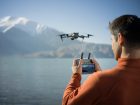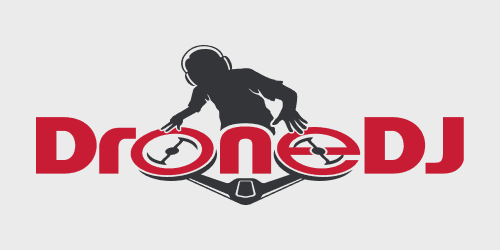
DJI has just hit a major milestone in the world of filmmaking: its Inspire 3 drone is now officially approved by Netflix for use in 4K Originals. This marks the first time a drone has made it onto the streaming giant’s list of approved camera systems, and it’s also DJI’s debut on the prestigious roster.
For the drone industry, and especially for DJI, this is a big deal. It signals a growing acceptance of drone technology in top-tier cinematic storytelling — not just for sweeping aerial shots, but as a serious tool for principal photography.
What makes DJI Inspire 3 Netflix-worthy?
The DJI Inspire 3 is a powerful drone built with professional cinematographers in mind. The key to its approval lies in its advanced camera system — the Zenmuse X9-8K Air. This full-frame camera can shoot in stunning 8K resolution using either CinemaDNG or Apple ProRes RAW formats, which are essential for Netflix’s high production standards.
At the heart of the Inspire 3’s imaging capabilities is DJI’s CineCore 3.0 processing system and the DJI Cinema Color System. Together, they help filmmakers capture natural skin tones, rich cityscapes, and subtle lighting variations — all crucial for creating high-end visual content that passes Netflix’s post-production tests.
But the Inspire 3 isn’t just about beautiful images. It also offers major upgrades in flight performance and camera control. With its 360-degree pan, 80-degree upward gimbal tilt, and enhanced obstacle avoidance, the drone can film shots that were once only possible with cranes or helicopters. Plus, it features RTK positioning for precise flight paths and even has a new pilot-friendly FPV (first-person view) camera with a super-wide 161-degree field of view.
As YM Cinema reports, this approval goes beyond just technical specs — it reflects broader changes in how films and series are made. Over the past few years, Netflix has started to favor smaller, more flexible production teams and lighter gear. The Inspire 3 fits perfectly into this new model. It allows crews to shoot dynamic, cinematic footage without the cost or complexity of traditional setups.
While drones have been used in movies and TV shows for years, they were often limited to specific roles — mainly dramatic landscape shots or action sequences. The Inspire 3’s Netflix approval now allows it to function as an A-camera, meaning it can shoot entire scenes and integrate seamlessly into the main production workflow. That’s a game-changer.
For those familiar with DJI’s previous work, the jump from Inspire 2 to Inspire 3 is massive. The Inspire 3 brings a full-frame imaging system, superior flight stability, and better recording formats. According to industry breakdowns, it’s not just an upgrade — it’s a redefinition of what a drone camera can be on a film set.
DJI has also released a Production Camera Guide specifically for the Inspire 3, which walks through the best practices for using the drone in Netflix-approved environments. It covers everything from on-set workflows to metadata handling and post-production tips. This guide makes it easier for filmmakers to incorporate the drone into their regular shooting routines without any guesswork.
More: 11 US drone companies just got slammed by China
FTC: We use income earning auto affiliate links. More.






Comments